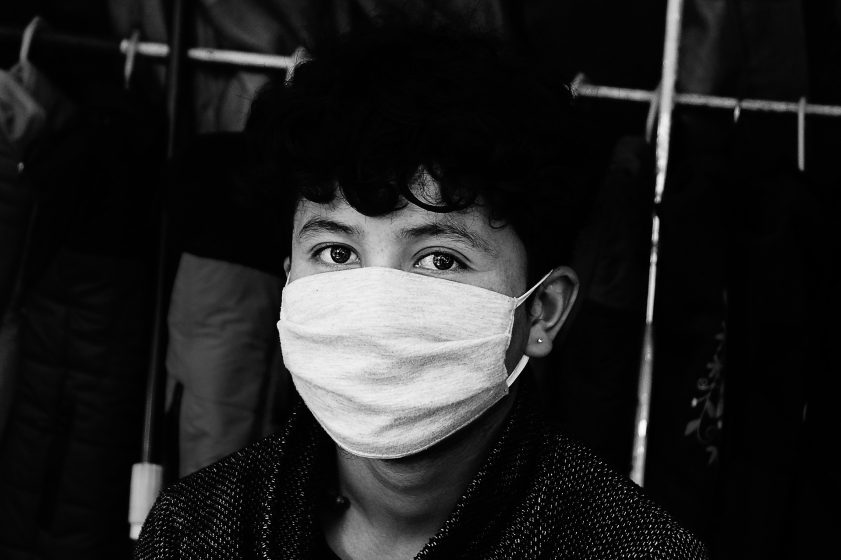
The world we live in is no stranger to pandemics. From the Bubonic plague to the Spanish flu, various diseases and outbreaks have cost millions of lives throughout the course of history. It’s been a relatively long time since we’ve experienced a large-scale outbreak, and many scientists say that we’re long overdue for another.
The difference between an outbreak and an epidemic is the number of casualties. Pandemics spread fast and kill many people. Thanks to modern science and technology, we’re able to treat most diseases quickly and efficiently.
However, there are possibilities other than a spontaneous outbreak; a disease could be weaponized and wielded globally by terrorists, infected superbugs could transfer diseases that have no cure yet. The crux of the matter is that an epidemic could occur at any time and you need to be aware of how to survive.
Evacuation
No matter what type of pandemic it is, one of the best ways to escape the impact will be to get away to somewhere that’s isolated and away from other people. Viruses may be spread through contact or even become airborne. If you’re close to others, your chances of getting infected multiply exponentially. All preppers would do well to make plans to get away somewhere far should a pandemic strike. You could live on a farm or another isolated location until scientists and doctors find a cure.
Hygiene
Never underestimate the power of washing your hands. Most diseases can be avoided by washing one’s hands with soap and water thoroughly. If you’re outside during a pandemic, use a hand sanitizer to cleanse your hands thoroughly. Wear a mask, and don’t touch your face while you’re out. When you’re at home, always stick to soap and water. Studies have shown that overuse of hand sanitizers can lead to the emergence of superbugs.
Have a Sick Room
In the case that someone in your group becomes infected, you must have a seperate room to quarantine them in. No one should go into that room other than the person caring for the patient.
The room should be cleaned thoroughly with disinfectant and have good ventilation. Turn off any central air-conditioning so that the air from that room is not circulated around the house.
Safety Measures
When treating the infected person, the caregiver will need to wear gloves, a mask, goggles, shoes, and coveralls. This will minimize skin-to-skin contact with the patient.
While you may store first aid supplies, medication, etc. in the room, nothing that goes in should be brought out, unless it’s in a trash bag. Dispose all items from that room in a trash bag that you’ll tie up and bring outside (when full) and burn. Don’t leave the bag lying around or let anyone else touch it or its contents.
The patient should also have their own utensils, toilet, etc.. No matter the difficulty or the emotional strain, it’s of paramount importance that you follow these safety precautions, to prevent the entire family may becoming infected.
Use disinfectant air spray all through the house. Aside from making sure to sterilize the quarantine room, you should ramp up efforts to clean the whole house too. Wipe down countertops and common areas and mop the floors. The cleaner the house, the better. Stock up on N95 masks, trash bags, hand sanitizer, bleach, goggles, coveralls, disinfectant spray, and anything else you could possibly need to keep your home virus free.

